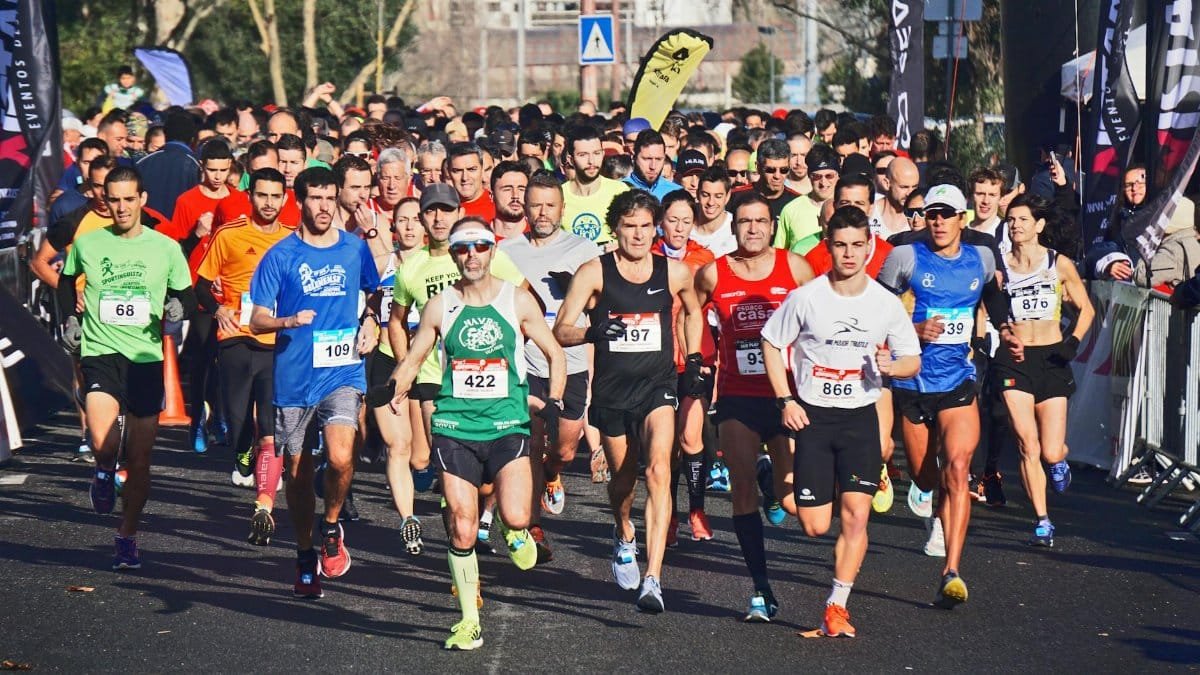Is running micro meditation the secret to better focus and endurance on the track? This emerging trend combines quick, 30-second mindfulness bursts with the rhythm of your run, helping athletes stay present without breaking stride. Runners across the U.S. are adopting these mini-meditations to manage stress and boost performance, often noticing sharper mental clarity after just a few sessions. With busy schedules in 2025, this bite-sized approach fits seamlessly into daily workouts. Here’s how it works and why it’s gaining traction.
What Is Running Micro Meditation?

At its core, running micro meditation is a practice of integrating short mindfulness exercises into your run. Think of it as a mental reset: for 30 seconds to a minute, you focus on your breath, footsteps, or a simple mantra while maintaining your pace. Unlike traditional meditation, there’s no need to stop or sit still. It’s designed for motion, making it ideal for runners who want mental benefits without sacrificing workout time.
Why Runners Are Turning to It

Stress relief is a major draw. Studies show mindfulness can lower cortisol levels, the stress hormone, which often spikes during intense exercise. Runners report feeling calmer and more in control after weaving micro-meditations into their miles. A 2023 study from the University of California, San Diego, found brief mindfulness practices improved focus in athletes by up to 15% ( UC San Diego Research ). With mental fatigue a common hurdle, this technique offers a quick fix.
How to Start During Your Run

Getting started is simple. As you run, pick a trigger—like every mile marker or a specific song on your playlist—to begin a 30-second meditation. Focus on your breathing pattern or the sensation of your feet hitting the ground. Keep your eyes open and stay aware of your surroundings. Repeat this 3-5 times during a session. No special gear or prep is needed, just a willingness to tune in briefly.
Benefits for Mind and Body

Running micro meditation doesn’t just calm the mind; it can enhance physical performance. Research from the National Institutes of Health suggests mindfulness practices may improve pain tolerance and reduce perceived exertion during exercise ( NIH Studies ). Runners often feel less drained, even on long distances. Mentally, it curbs overthinking, helping you stay locked in on your goal rather than dwelling on discomfort or fatigue.
Common Challenges to Watch For

It’s not always smooth sailing. Beginners often struggle to focus amidst distractions like traffic or uneven terrain. Others find it hard to snap back to full alertness after a meditation burst. The key is practice—start with shorter sessions on familiar routes. If your mind wanders, don’t stress; gently redirect your attention to your breath or stride. Over time, it gets easier to toggle between mindfulness and full engagement.
Tips for Making It a Habit

Consistency turns running micro meditation into a game-changer. Pair it with an existing routine, like your warm-up or cooldown, to build the habit. Use a running app with interval alerts to remind you to meditate mid-run. Track how you feel after each session—many runners notice improved mood or energy within a week. Stick with it for at least a month to see lasting effects on your mental and physical game.
Who Can Benefit Most?

This practice isn’t just for elite athletes. Casual joggers, marathon trainees, and even treadmill runners can reap rewards. It’s especially useful for those juggling high-stress lives in 2025, offering a quick way to reset without extra time commitment. If you’ve ever felt mentally drained mid-run or struggled with motivation, running micro meditation might be the edge you need to keep pushing forward.
